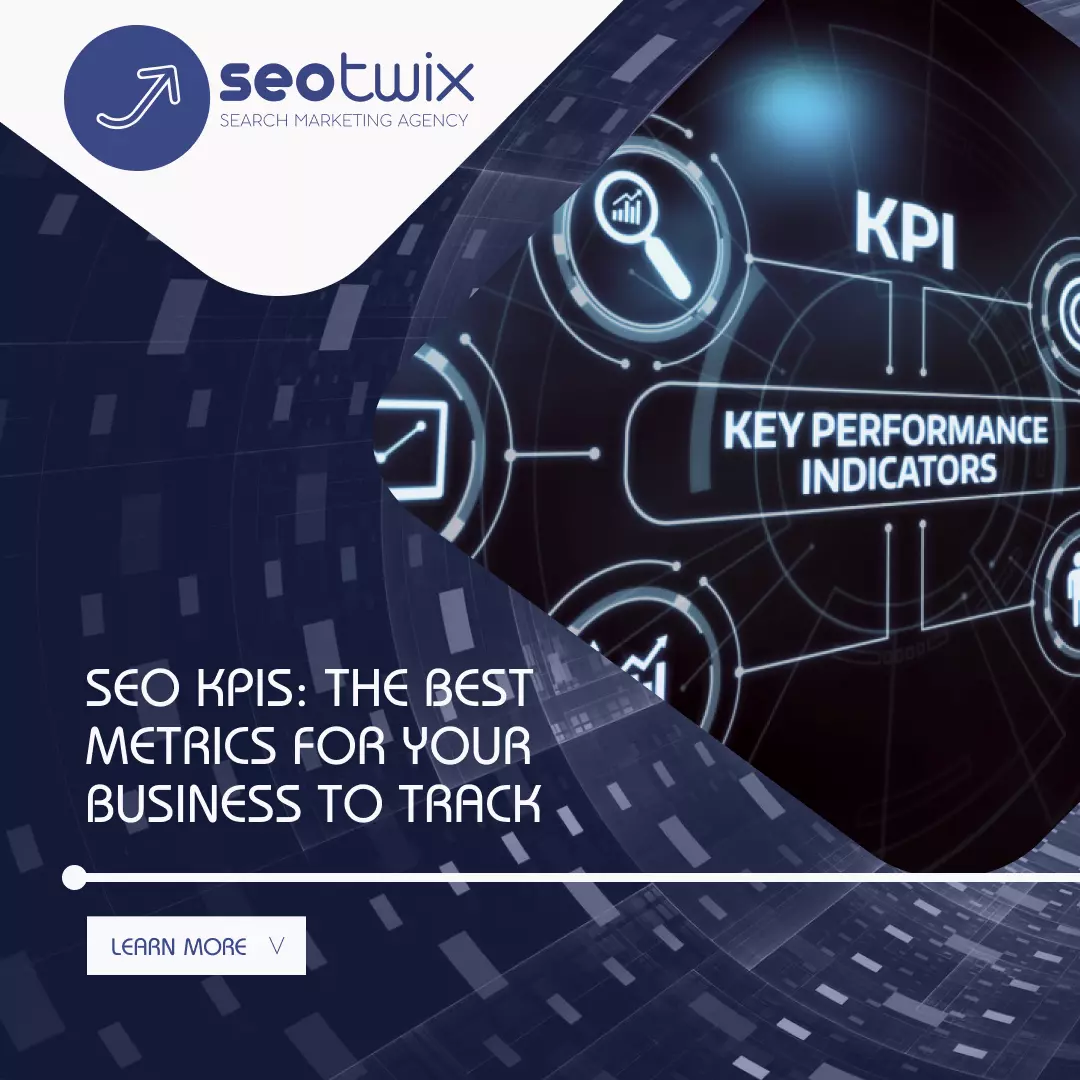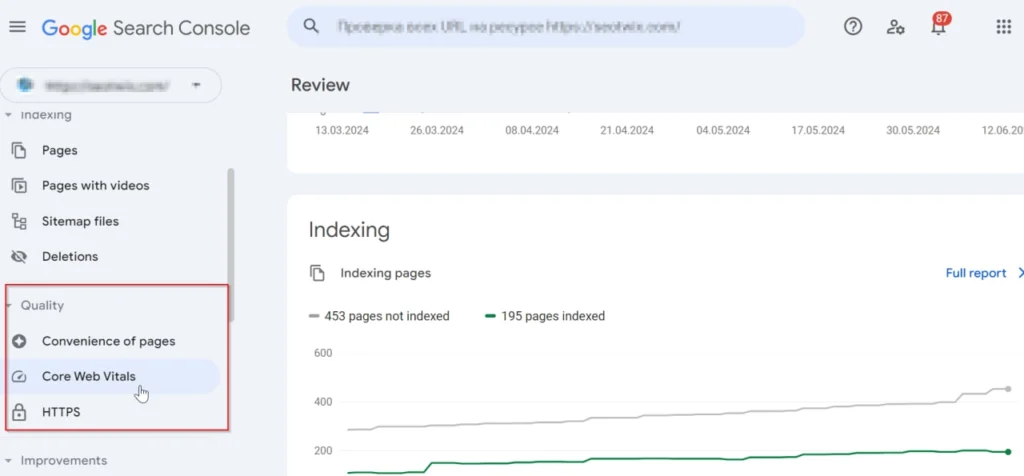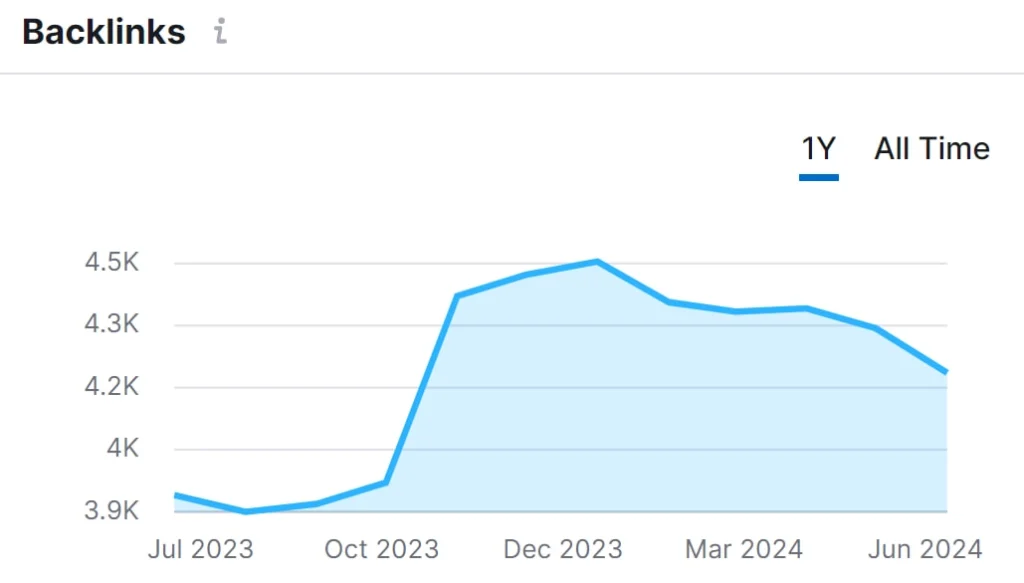As we know SEO is not an exact science. A large part of what we do for SEO is based on assumptions and has a chance of working, but it is often difficult to say if that’s the case. That’s why it’s essential to arm yourself with a few reliable KPIs so that you can both measure your results and identify new optimization opportunities.
In this article, we will look at the most important SEO KPIs (key performance indicators) and the tools that can help you find these measures. Measuring the effects of SEO will help you determine if you have chosen the best SEO strategy and will motivate you to continue optimizing your website.
Tracking SEO KPIs is More Than SEO Performance
Goals and key performance indicators are important elements of your SEO strategy that are often overlooked. It is impossible to effectively track the progress of your campaign without key performance indicators. It is no secret that SEO takes time to produce results, but by defining KPIs, you can better demonstrate the impact of the strategy on the business. Additionally, they can assist you in handling stakeholder anticipations. SEO KPIs should be the foundation of your strategy and be used to track progress and measure success.
How you define your SEO objectives and evaluate their impact determines the success of your SEO endeavors. This is done by marketing specialists because, in general, the primary goal of any business is to increase its profits. With your digital marketing team, you measure SEO key performance indicators and regularly review SEO efforts. In terms of SEO key performance indicators, good website optimization involves reaching a more targeted audience while spending less money.
In this guide, I will explain the most important key performance indicators that you should use.
1. Organic Traffic
Search engine traffic is the most important key performance indicator to track for SEO because it is the ultimate goal of the strategy. One should seek a consistent rise in natural visits, which often occur gradually and may be difficult to discern. Evaluating organic traffic over time, typically through a year-over-year chart, can provide a clearer picture of the efficacy of your SEO endeavors.
Your organic traffic is less likely to fluctuate significantly as the size of your website increases. A smaller segment of your website, such as a blog, product catalog, etc., or even a single page, will then be the focal point. By separately examining their referral traffic, you will get a much more detailed picture of what is happening with your search performance. To do this, you can either create custom segments or use Google Analytics filtering options.
2. Brand Traffic
If people are actively searching for your brand, that indicates you’re doing something right.
Brand traffic refers to the traffic that is generated through the ranking of keywords that contain your company’s name in the search engine results pages (SERPs). Since these searchers are your direct customers, brand traffic typically converts at a higher rate.
In addition to brand traffic, segment your organic search and examine commercial traffic, which is generated by keywords with clear buying intent. These queries contain commercial terms such as “buy,” “order,” and “for sale.”
By focusing on the commercial component of your organic search, you can determine how well-positioned your business is in the commercial niche. Furthermore, commercial traffic and brand traffic are ideal key performance indicators to track for marketers, as they allow you to measure brand awareness and the effectiveness of your marketing efforts.
3. Keyword Ranking
The position of your pages in search results for specific keywords determines their visibility to potential visitors. The higher the ranking, the greater the number of visitors. Even minor changes in keyword rankings can significantly impact SEO traffic, potentially affecting thousands of users. It is important to monitor keyword rankings and react quickly to changes.
If we go back to 2015, keyword ranking was pretty much the only way to judge the performance of any SEO operation. But today, it’s different because of semantic search.
Historically, about five years ago, the vast majority of companies tracked a small number of keywords and judged the success of their strategies based on these keywords.
However, times have changed and today, when you produce a single piece of content, it can be ranked for hundreds or even thousands of different keywords.
It is essential to distinguish between what is called a “Google dance” (a period during which Google rebuilds its rankings and results fluctuate widely for a period of three to five days) and a real ranking drop.
If you notice a slight change in your ranking, wait for up to a week to determine if it’s just a glitch. And if the situation doesn’t improve on its own, it’s time to examine the pages that have surpassed you in rankings and borrow their optimization strategies.
4. Organic CTR
Although the CTR (click-through rate) is used as a ranking factor, the reality is that the higher your organic CTR, the more people will click on your listing on the search engine results page. It’s an element that you must track both at the page level and the query level.
CTR is a simple measure that indicates the percentage of people who visit your page after their search has resulted in an impression. The higher the number, the better.
You must check this to determine the relevance of your title tag and meta description on the snippet (the elements that appear in the SERP) for a given query, organic CTR becomes extremely important.
In the Google Search Console, navigate to the Performance tab to view the click-through rate (CTR) for each page.
5. Organic Search Visibility
Organic search visibility is a solid key performance indicator that you can track and measure to show steady growth. There are two ways to measure and report on this indicator.
Even if impressions don’t result in clicks, they’re an excellent way to demonstrate your site’s continued visibility growth. These keywords are better ranked but don’t generate traffic to your website. This is the most common reason for this phenomenon.
Increasing impressions, on the other hand, are an excellent indicator of steady growth.
6. Bounce Rate
In addition to helping you determine if your content is attracting visitors, the bounce rate can also help you determine the relevance of your content to the search queries for which it’s ranked on Google.
The bounce rate is a measure that calculates the percentage of sessions during which a user loads a page and then immediately leaves without taking any action. The bounce rate is calculated by dividing the total number of sessions by the number of non-interactive sessions.
Users are less likely to convert their traffic due to a high bounce rate. Even small changes can make a difference, but if you’re not regularly tracking them, you risk missing the opportunity.
7. Average Session Duration
The average session duration is an important indicator to consider in measuring user engagement on your website.
By monitoring session duration, you can evaluate the quality of your site and determine if any changes need to be made to its structure. You should create a deep content structure to have a longer session duration: internal links, breadcrumb trails, hamburger menus, etc.
Session duration is an important key performance indicator because it indicates the quality of your site’s content as well as user motivation to stay, read, and click deeper into the site’s architecture.
The longer a user spends on a page, the more engaged they are. And the more engaged a person is, the more likely they are to convert. Therefore, you should measure the average time spent on your site’s page, both across the entire site and page by page, and think of ways to increase it if you notice low durations.
8. Visitor Retention
The number of visitors who return to your site is another important key performance indicator to follow for optimizing performance. As John Mueller has repeated, you need more regular visitors, which helps establish trust, authority, and brand awareness.
Developing your permanent audience is important because it shows that your site or business is capable of establishing a long-term relationship. But also because you have met your target audience in the field.
The audience retention rate is an important key performance indicator for media and bloggers because it indicates how much they engage with visitors and if users like their site and find its content useful.
9. Conversion Rate
If a financial return is the key performance indicator that many businesses strive for, achieving results takes time. Relying only on return on investment is not advisable. To showcase your success, it is recommended to measure and monitor organic conversions such as sales, leads, or both, depending on your business configuration. This is a dependable way to demonstrate the effectiveness of your efforts. After all, an increase in organic conversions can easily be attributed to your efforts.
Just make sure you know the conversion benchmark before starting to work on a campaign; otherwise, it will be difficult to demonstrate the increase compared to what was previously generated.
10. Core Web Vitals
Google has introduced the Core Web Vitals, the latest measures of user experience and potential ranking factors. Currently, there are three “vitals,” all of which relate to page speed, but Google has hinted that other user experience measures will be added in the future.
Although there are many other technical SEO measures, I believe that the Core Web Vitals are the right key performance indicators to include in SEO dashboards because they will soon become the central point of technical optimization.
11. Backlink Profile
Backlinks, or inbound links from other websites, are a key factor in search engine algorithms. A strong backlink profile indicates that your site is a trusted and authoritative source.
Monitor the number and quality of backlinks using tools like Ahrefs, Moz, and SEMrush. Focus on acquiring high-quality backlinks from reputable websites to boost your SEO rankings.
To sum up, tracking SEO KPIs is essential for measuring the effectiveness of your SEO strategy. Organic traffic, brand traffic, keyword ranking, organic CTR, and backlinks are the five most important KPIs that you should track. These KPIs can help you measure the success of your SEO efforts, manage stakeholder expectations, and identify new optimization opportunities. SEO is not an exact science, but by measuring the effects of SEO, you can better demonstrate the impact of your strategy on your business and motivate yourself to continue optimizing your website.
For expert guidance in tracking and improving these KPIs, consider partnering with a professional SEO service. At Seotwix, we offer comprehensive SEO solutions tailored to your business needs. From keyword research to technical optimization and backlink building, our team is dedicated to helping you achieve your SEO goals and drive measurable results.







